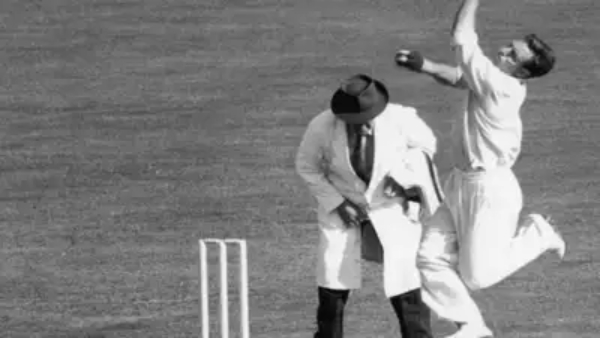Cricket, often referred to as a religion in India, has a rich history that dates back centuries. The sport was introduced to the Indian subcontinent during the colonial era and has since become deeply ingrained in the country’s culture. In this article, we will explore the fascinating journey of how cricket made its way to India and how it evolved to become the nation’s most beloved sport.

Early Beginnings
Cricket’s origins in India can be traced back to the 18th century when the British East India Company brought the game to the subcontinent. The first recorded instance of cricket being played in India took place in 1721 in Cambay (now Khambhat) in Gujarat. British sailors and traders played the game as a form of recreation, and it gradually gained popularity among the local population.
Introduction by the British
The formal introduction of cricket to India can be attributed to the British colonial rulers. The British established various sports clubs and introduced cricket as a means to maintain a sense of familiarity and social order in their new territories. The Calcutta Cricket Club, formed in 1792, was one of the earliest cricket clubs in India and played a crucial role in promoting the sport.
Growth of Cricket
During the 19th century, cricket began to gain traction among the Indian elite and aristocracy. The Maharajas and princes became patrons of the sport, establishing their own teams and hosting matches. The Bombay Presidency became a prominent hub for cricket, with the establishment of the Parsi Cricket Club in 1848 and the Bombay Gymkhana in 1875. These clubs provided a platform for both British and Indian players to showcase their skills and compete.

Formation of the Board of Control for Cricket in India (BCCI)
In 1928, the Board of Control for Cricket in India (BCCI) was formed as the governing body for cricket in the country. The BCCI played a crucial role in organizing domestic and international matches and promoting the growth of the sport. It provided a platform for Indian cricketers to showcase their talent and represent the nation on the global stage.

India’s Entry into International Cricket
India’s entry into international cricket came in 1932 when they played their first Test match against England at Lord’s Cricket Ground in London. Although India struggled in the early years, they gradually improved their performance and gained recognition as a competitive cricketing nation. The iconic victory in the 1983 Cricket World Cup, where India defeated the mighty West Indies, marked a turning point for Indian cricket and sparked a newfound passion for the sport among the masses.

The Indian Premier League (IPL)
The introduction of the Indian Premier League (IPL) in 2008 revolutionized the cricketing landscape in India. The IPL, a franchise-based T20 cricket league, brought together top players from around the world and attracted massive viewership. The league not only provided a platform for domestic talent but also enhanced the commercial aspects of the sport, making it one of the most lucrative cricket tournaments globally.
Cricket’s Cultural Impact
Cricket has transcended its status as a sport and has become an integral part of Indian culture. It has given rise to cricketing legends like Sachin Tendulkar, Kapil Dev, and Virat Kohli, who are revered as idols and inspire generations of aspiring cricketers. The sport has the power to unite people across diverse backgrounds and regions, with cricket matches serving as a common ground for shared enthusiasm and celebration.
#History #Crickets #Arrival #India
